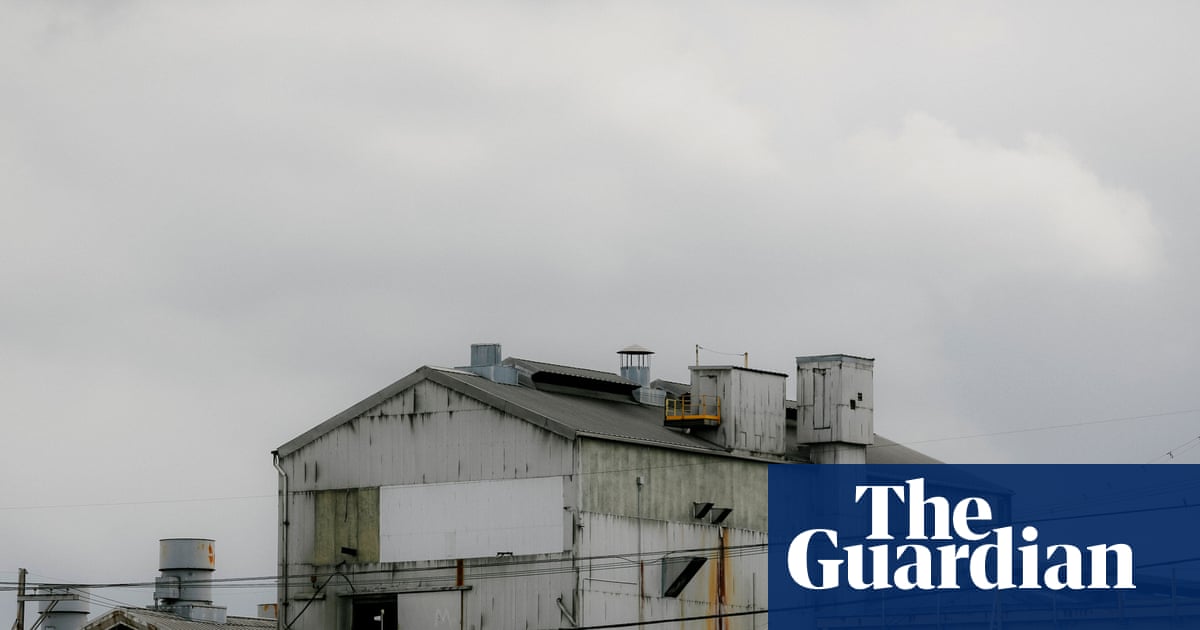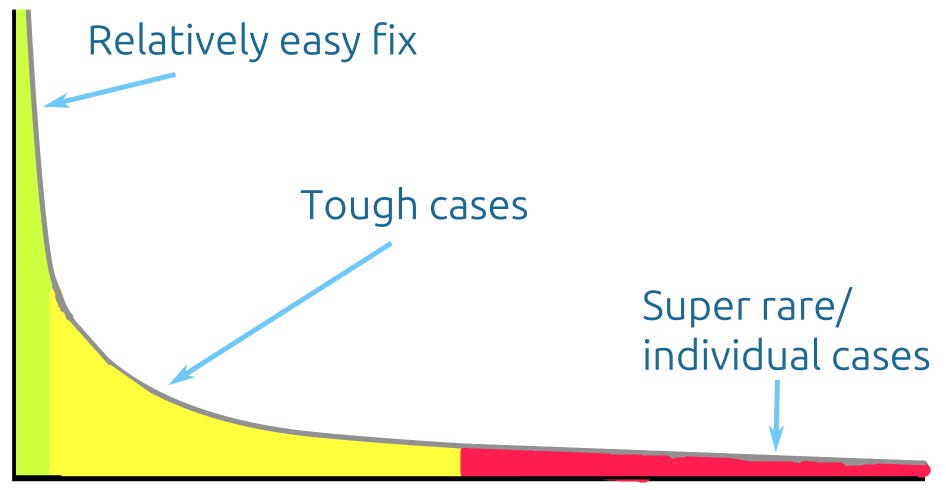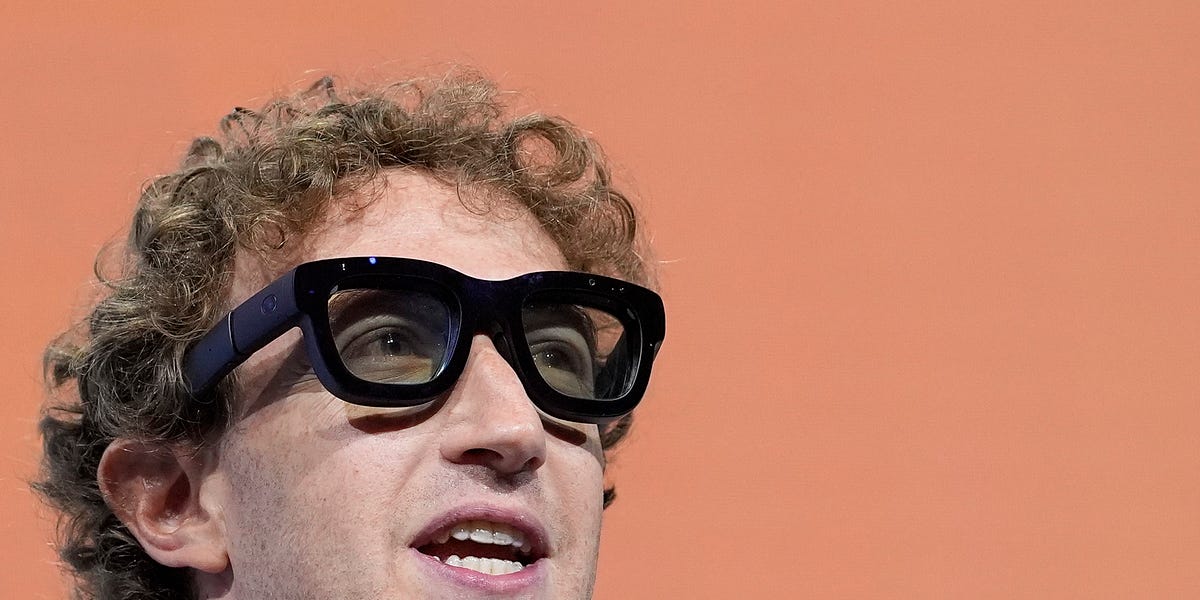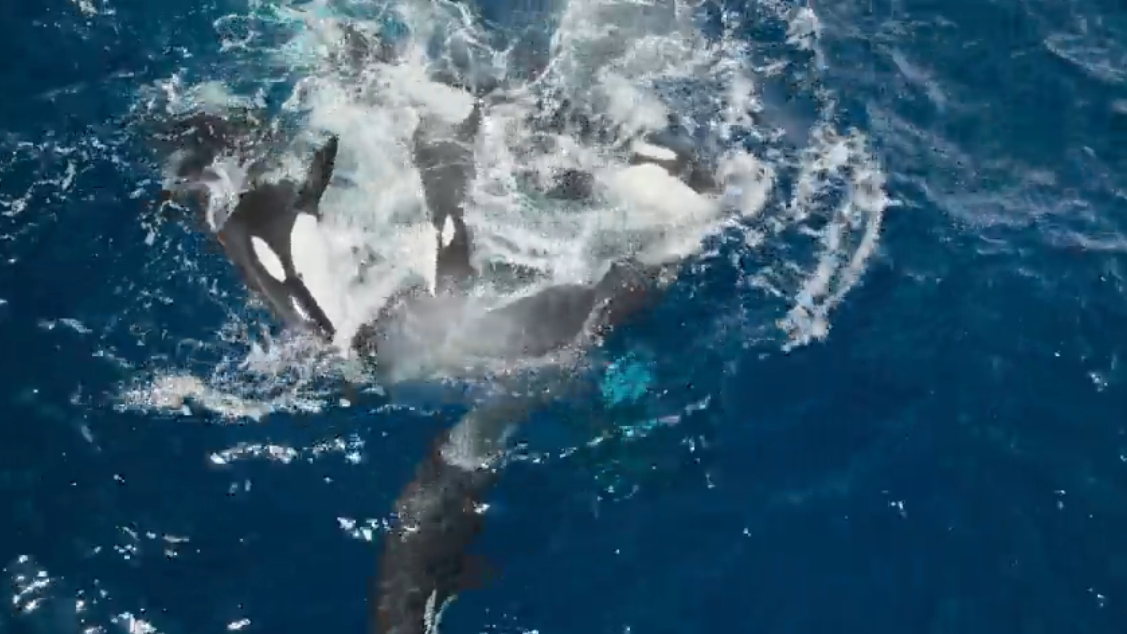
A New Statue Suddenly Appeared on Easter Island. That Doesn't Make Sense.
Just when experts thought they knew every moai on Rapa Nui, otherwise known as Easter Island, a dried-up lakebed kept them on their toes. These statues—largely made of a stone formed from volcanic ash and dust called tuff—pepper the island, with more than 1,000 already found and logged.
“We think we know all the moai, but then a new one turns up, a new discovery, and in this case, in the lake, at the statue quarry,” Terry Hunt, professor of archeology at the University of Arizona, told Good Morning America. “There have been no moai found in the dry bed or in what was previously a lake, so this is a first.”
As the area undergoes drying, the lakebed in question has given up its moai. And this opportunity may occur again. “Under the dry conditions that we have now, we may find more,” Hunt said. “They’ve been hidden by the tall reeds that grow in the lakebed and prospecting with something that can detect what’s under the ground surface may tell us that there are in fact more moai in the lakebed sediments. When there’s one moai in the lake, there’s probably more.”
The newly discovered moai is also one of the smallest found, leading experts to believe that hidden within these reeds is the potential for a bounty of new moai.


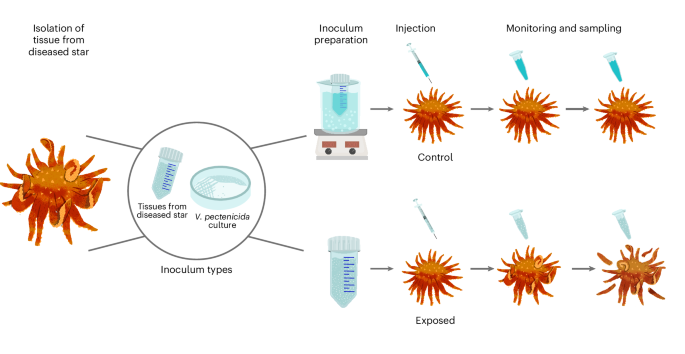
:max_bytes(150000):strip_icc()/GettyImages-1153587320-0631e4b801ca4f54899ca1fd26350a28.jpg)
